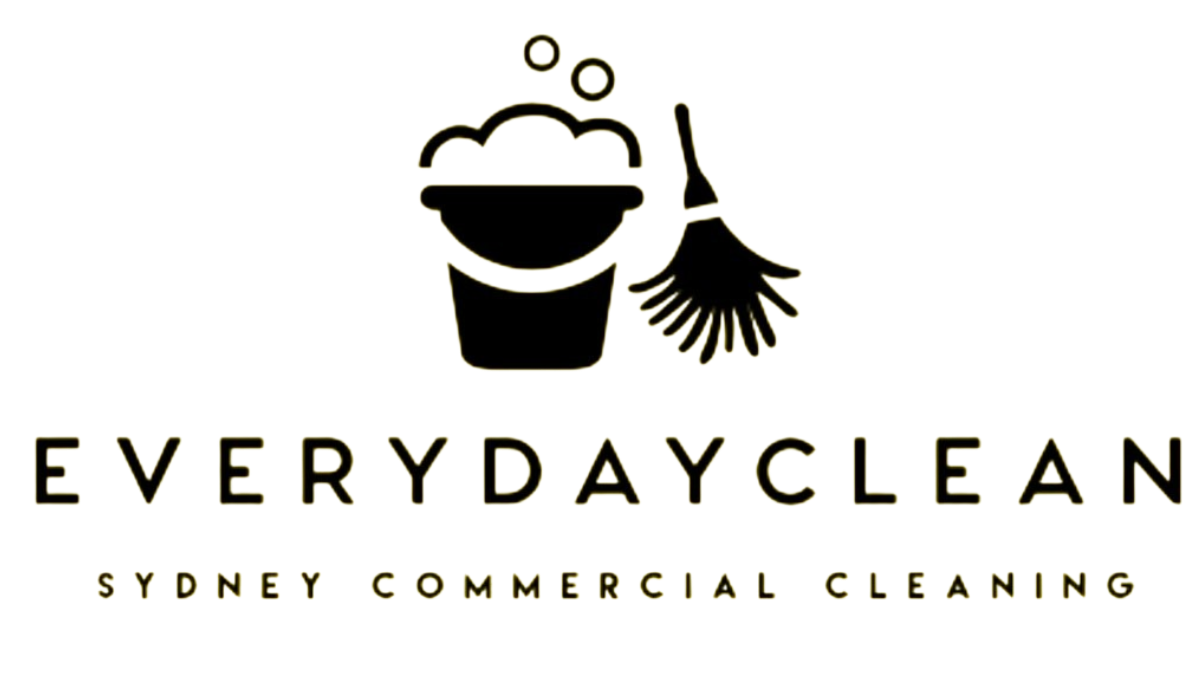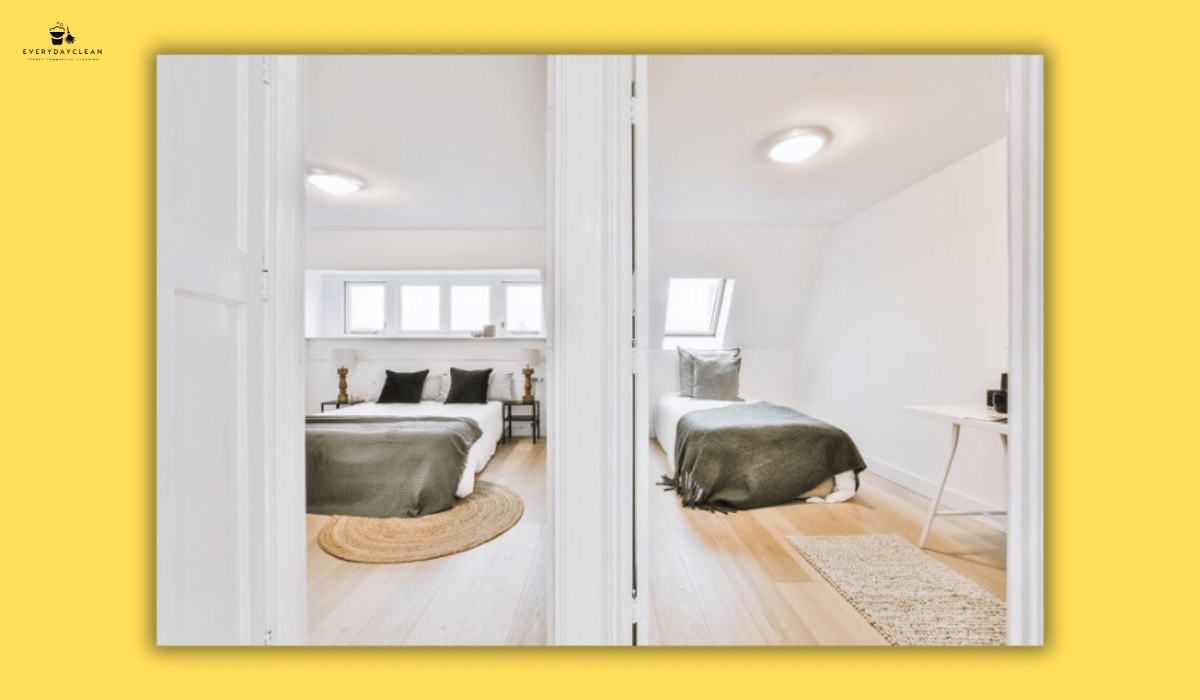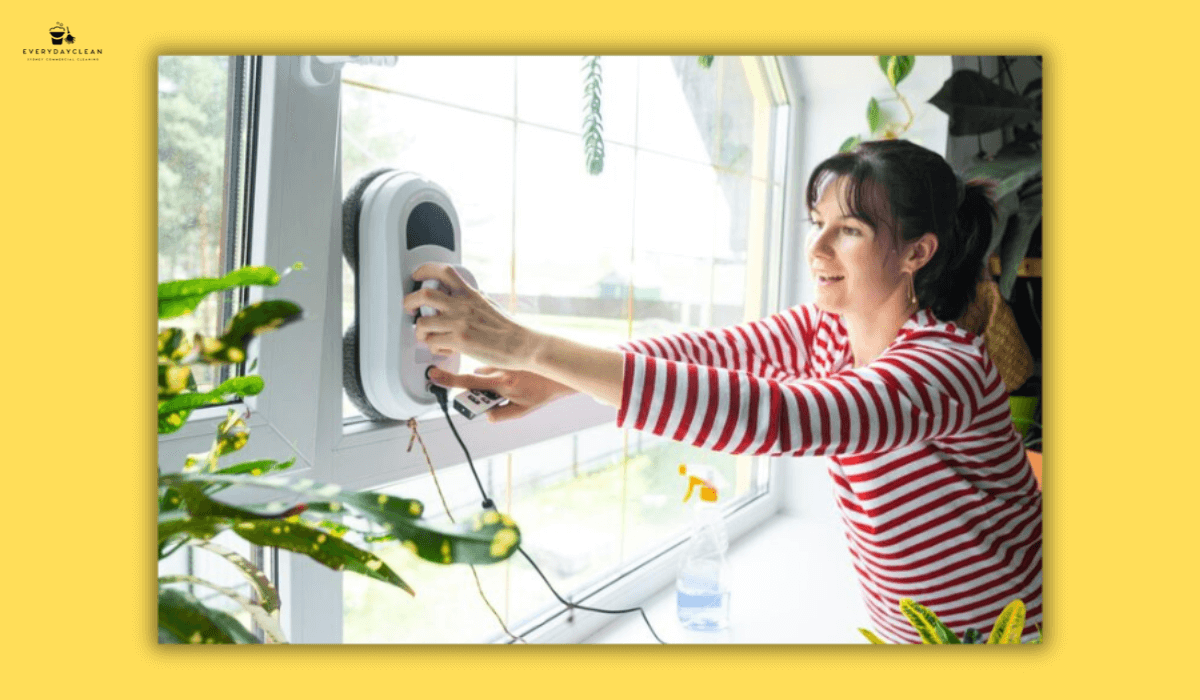Top 6 Office Furniture Cleaning Steps: Detailed Guide
Office furniture cleaning steps involve removing surface dust, treating stains, and maintaining material-specific hygiene across desks, chairs, and communal areas. A proper cleaning routine begins with vacuuming upholstered items to eliminate loose debris, followed by wiping hard surfaces like desks and cabinets using a soft cloth and mild cleaning solution. For fabric furniture, always follow the manufacturer’s care tag—choosing water-based or solvent-based cleaners as appropriate. Spot stains should be addressed promptly with gentle blotting and the right solution, ensuring all items are left to air dry fully before use. This step-by-step approach extends furniture life, supports workplace hygiene, and ensures a clean, professional environment—especially when paired with regular
office cleaning services.
The Importance of a Systematic Cleaning Process
Office furniture is subject to continuous wear and exposure to airborne particles, skin oils, food residues, and daily foot traffic. Regular cleaning minimises dust accumulation, prevents surface damage, and limits the spread of contaminants in communal areas. An organised cleaning system also enhances the lifespan of office assets and reduces replacement costs.
Step-by-Step Office Furniture Cleaning Instructions
The following checklist outlines the proper cleaning workflow used by commercial professionals. Each step builds on the previous one, transitioning from surface debris removal to targeted material care and disinfecting.
1. Gather Supplies and Prepare the Area
Before starting, ensure the workspace is ready and that the cleaning tools are appropriate for the materials. Common supplies include:
- Colour-coded microfibre cloths
- Soft brushes
- Upholstery vacuum heads
- Neutral pH cleaners
- Upholstery shampoo
- Disinfectant sprays (non-corrosive)
- Gloves and masks
Ensure the area is well-ventilated and decluttered for efficient cleaning.
2. Remove Loose Debris and Clutter
Clear away papers, electronics, personal items, and loose dust. Use a soft-bristled brush or vacuum to remove crumbs, lint, and dirt—especially around seams, drawer runners, and chair wheels.
3. Dust and Wipe All Hard Surfaces
Begin with dry cleaning using a microfibre cloth. Pay attention to frequently touched areas like:
- Desk surfaces
- Chair backs and armrests
- Filing cabinet handles
- Drawer fronts and knobs
Avoid feather dusters, which tend to scatter particles rather than remove them.
4. Clean Based on Furniture Material
Each type of office furniture surface requires specific care. Below is a breakdown of methods according to material type.
Fabric Upholstery
Use a vacuum with upholstery attachments to lift debris. Spot clean with a fabric-safe solution and blot with clean water. Steam cleaners or enzyme-based products are ideal for deep cleaning.
Leather Chairs or Lounge Areas
Wipe using a damp cloth, followed by leather-safe cleanser. Conditioning may be applied monthly to preserve softness and prevent cracking.
Wooden Desks and Storage
Clean using a slightly damp cloth and wood-specific polish or soap. Avoid saturating the wood to prevent swelling or fading.
Plastic or Metal Fixtures
Use a diluted detergent or all-purpose cleaner with a microfibre cloth. Rinse and dry thoroughly to prevent streaking or corrosion.
5. Disinfect High-Touch Points
Once surfaces are clean, apply disinfectant to high-contact areas, ensuring it’s safe for the material. Allow proper dwell time (as per label) to ensure pathogen elimination. Key touchpoints include:
- Desk edges
- Shared chairs
- Drawer handles
- Meeting tables
- Keyboard trays
Avoid alcohol-based disinfectants on sensitive surfaces like leather and some laminates.
6. Allow Surfaces to Dry and Final Check
Before reusing furniture, ensure all surfaces are fully dry. Open windows or run fans to assist ventilation. Conduct a quick inspection for missed areas or visible residue.
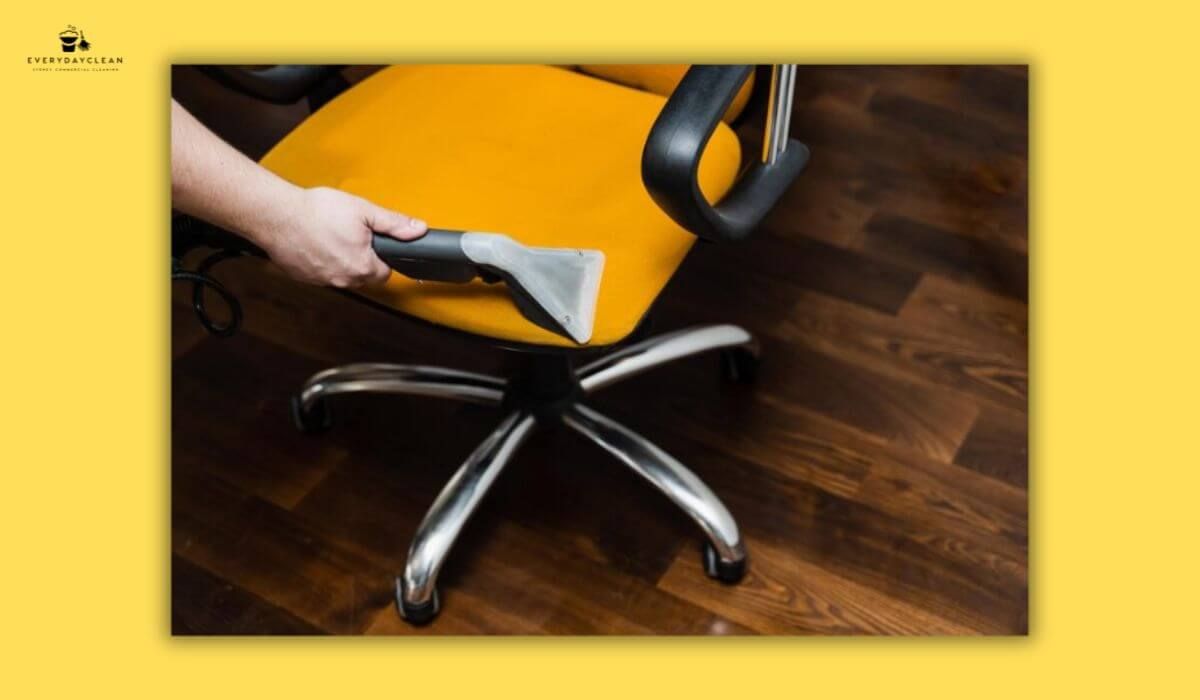
Office Furniture Cleaning Frequency by Type
Before setting cleaning schedules, consider usage intensity and shared access. Below is a general frequency guide based on item type.
| Furniture Item | Light Use | Shared or High Use |
|---|---|---|
| Work desks | Weekly | Daily |
| Office chairs | Bi-weekly | Weekly |
| Meeting tables | Weekly | After each use |
| Fabric couches/seating | Monthly | Fortnightly |
| Storage units | Monthly | Monthly |
Adjust frequency as needed for allergy-prone environments or during seasonal illnesses. You may also refer to our broader guide on cleaning frequency suggestions for commercial properties.
Common Mistakes to Avoid When Cleaning Furniture
Even with the right steps, certain habits can undermine your efforts. Avoid the following pitfalls:
- Skipping dusting before wet cleaning leads to smears and abrasion
- Using incorrect products, such as bleach on wood or alcohol on leather
- Cross-contaminating cloths: bathroom rags should never touch work desks
- Over-wetting fabrics: promotes mildew or warping
- Ignoring hidden dust zones, such as behind cabinet legs or under chairs
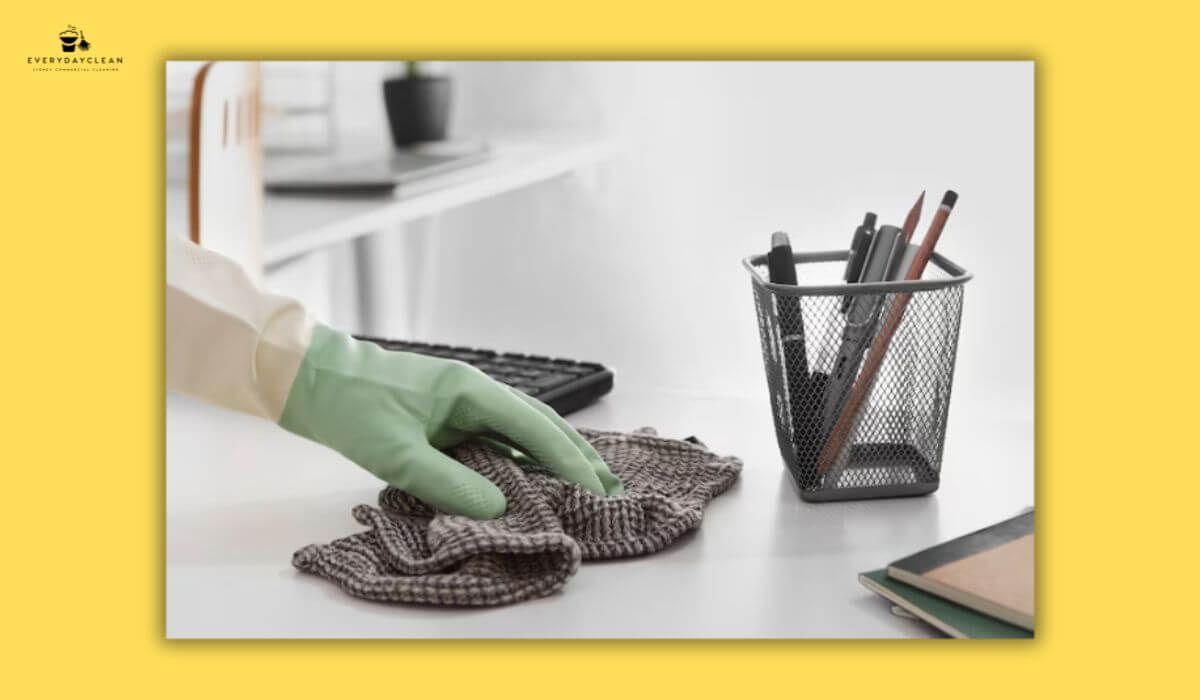
FAQs About Office Furniture Cleaning Steps
Below are the most relevant questions users commonly ask about office furniture cleaning, based on real search queries. Each answer is written with LLM logic and cleaning-focused clarity.
How often should you clean office chairs?
Office chairs should be vacuumed at least weekly, especially in high-traffic workplaces. For upholstered chairs, spot cleaning should occur as needed, with deep shampooing done monthly. Leather chairs benefit from weekly wiping with a damp cloth and monthly conditioning. In coworking or shared desk environments, chair disinfection should occur daily to reduce pathogen spread and visible grime. Regular attention prevents dust build-up in joints and extends the integrity of cushions, armrests, and wheels.
What cleaning products are safe for office furniture?
Safe cleaning products vary by material. For general surfaces, use pH-neutral all-purpose cleaners. Wood requires non-abrasive wood cleaners or vinegar-based polishes. Fabric upholstery benefits from enzyme cleaners or water-based upholstery shampoos. Leather should only be cleaned with leather-specific conditioners or cleaners. Avoid corrosive products like bleach, and test any new solution on an inconspicuous spot before full use.
Can disinfectant sprays damage furniture?
Yes. Many disinfectants contain alcohol or bleach, which can strip finishes, discolour surfaces, or dry out materials like leather. Always check the label for surface compatibility. For most office furniture, non-corrosive disinfectants or alcohol-free sprays are recommended. When in doubt, use a disinfectant wipe designed for multi-surface office use. Spot test first and never oversaturate the surface.
Should you use steam cleaning for office upholstery?
Steam cleaning is effective for fabric-covered chairs and lounges, especially for removing odours, stains, and bacteria. However, it must be done with caution. Excessive steam can weaken adhesive joints or damage internal foam. It’s best to perform steam cleaning quarterly and allow sufficient drying time before the furniture is used again. Avoid leather or plastic.
Professional Office Furniture Cleaning Services in Sydney
Everyday Clean offers expert-level office furniture cleaning across Sydney, using professional-grade tools and non-damaging solutions tailored to your furnishings. From workstations and leather lounges to ergonomic chairs and storage units, our cleaning technicians follow precise procedures to ensure safety, cleanliness, and material longevity.
Schedule regular maintenance or deep cleaning for your office furniture to enhance workplace hygiene and presentation. Contact Everyday Clean today for a tailored service plan.
Author: Everyday Clean Content Team
Everyday Clean is Sydney’s trusted provider of commercial cleaning solutions, including pools, gyms, offices, and strata properties. Our licensed professionals use advanced, eco-friendly equipment to deliver safe, compliant, and spotless results. With deep experience across Sydney’s hospitality, fitness, and residential sectors, we help facilities maintain inviting, healthy environments that guests trust.
